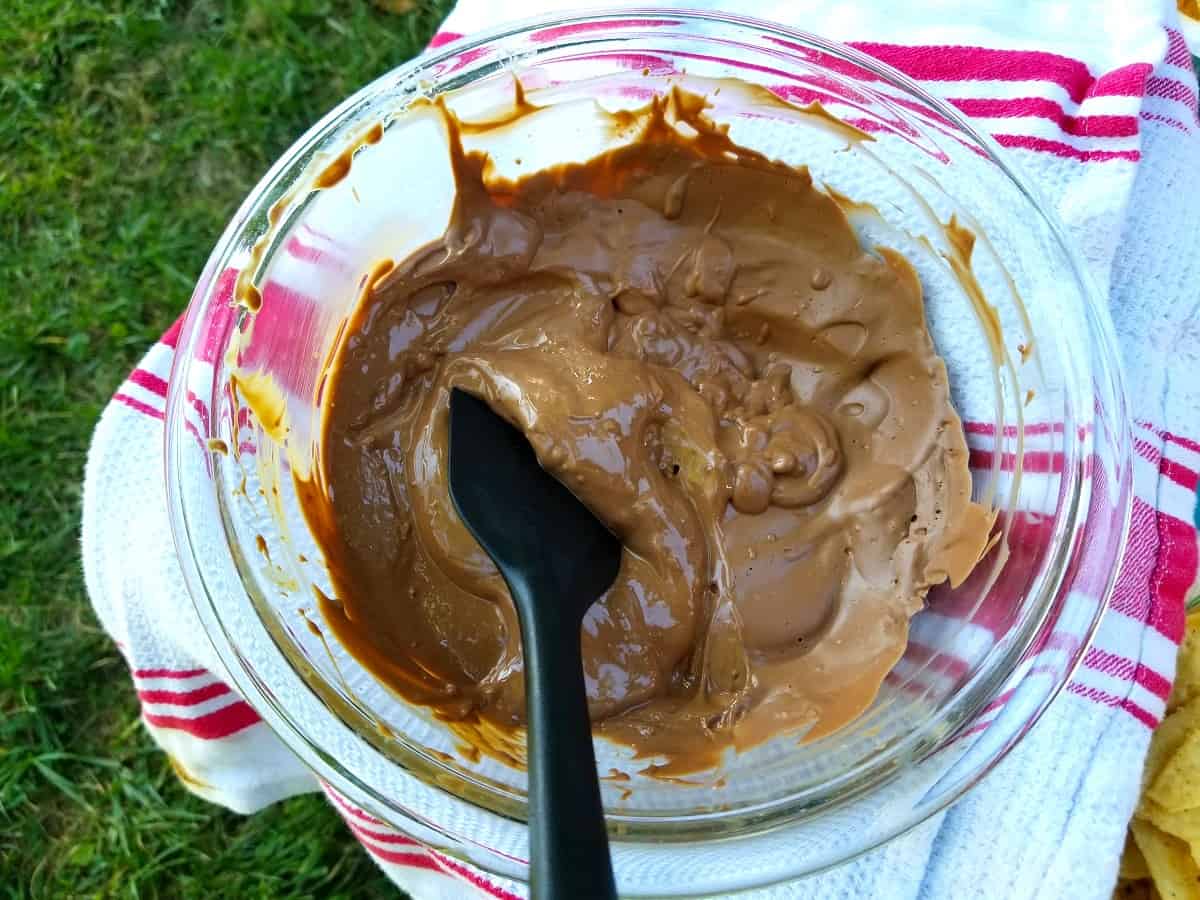
How To Temper Chocolate at Home (Step-by-Step)
The ultimate guide to tempering chocolate at home, including step-by-step instructions to a tempered chocolate recipe.
Print
Pin
Servings: 1
Ingredients
- Chocolate at least 6oz.
Instructions
Double Boiler Process
- To temper chocolate using the double boiler method, first chop your chocolate into small, roughly equal-sized pieces. After, place about two-thirds of the chocolate into the top pan of a double boiler.
- Fill the bottom pan with water, making sure the water isn't touching the top pan, and heat it on the stove until it's simmering but not boiling.
- Once the water is heated and steaming, place the top pan with your chocolate onto the bottom pan. Stir it constantly to ensure even melting and avoid overheating. Keep an eye on the temperature; you want the chocolate to initially reach between 110°F and 115°F.
- As soon as the chocolate reaches the desired temperature, remove the top pan from the double boiler and place it on a towel to cool.
- Allow the chocolate to cool to 95°F to 100°F, then add the remaining one-third of the unmelted chocolate to the melted chocolate in the top pan, stirring until fully melted.
Seeding Process
- In the seeding method, you'll begin by melting two-thirds of your chocolate chips or chunks, ensuring the temperature reaches around 115ºF for dark chocolate or 105°F for milk or white chocolate. You can use a microwave in 15-second intervals or a double boiler over simmering water to gently melt the chocolate.
- Once the chocolate is melted and at the correct temperature, remove it from the heat source. Gradually add the remaining one-third of the unmelted chocolate to the melted chocolate. This is similar to the double boiler method, but requires more careful temperature control.
- Stir continuously until the unmelted chocolate is completely melted and the temperature has dropped to about 82.4°F (28°C) for dark chocolate or 79-80.6°F (26-27°C) for milk and white chocolate. This process creates the right cocoa butter crystals, promoting proper crystallization and tempering. See Notes section for tips.
Microwave Temper Process
- Chop your desired amount of chocolate into small, even pieces and place about two-thirds of the chocolate in a microwave-safe bowl.
- Begin to microwave the chocolate on medium for about 30 seconds, and then stir. Repeat this process until the chocolate has reached a temperature of 100°F.
- After, remove the chocolate from the microwave and add the remaining one-third of the chopped chocolate. Stir until the chocolate becomes smooth and shiny, reaching a temperature between 88°F to 90°F. Remember that it's critical to use a microwave-safe bowl and monitor the temperature closely to avoid scorching or overheating the chocolate. Glass is usually best, as metal can affect the temperature too much.
Notes
Seeding Tips
- Always chop the unmelted chocolate into small, equal-sized pieces or use grated chocolate to ensure even melting and proper seeding.
- Bowls, utensils, and work areas should be completely dry, as any moisture can cause the chocolate to seize and ruin the tempering process.
- Stirring gently and consistently while adding the unmelted chocolate helps to avoid air bubbles and lets the cocoa butter molecules distribute evenly. Keep an eye on the temperature during the seeding process.
- If needed, you can briefly return the chocolate to the heat source just to maintain the desired temperature range, being careful not to overheat.
Testing for Temper
- To test for temper, dip a spatula or the edge of a knife into the chocolate and set it aside. The chocolate should harden quickly and appear shiny.
- If it's still not in temper, you might need to lightly reheat the chocolate. To do this, reheat to 90°F to 91°F for dark chocolate or 87°F to 88°F for milk and white chocolate.
Tempering Tips
- Be sure to use a reliable thermometer to monitor the chocolate's temperature throughout the process. Make sure your workspace and tools are completely dry, as even a small amount of water can cause the chocolate to seize.
- Also, when melting and tempering chocolate, it's important to work quickly and consistently to maintain its working temperature. Remember, patience and practice are key when tempering chocolate at home.